Granite Countertop Sealing Guide
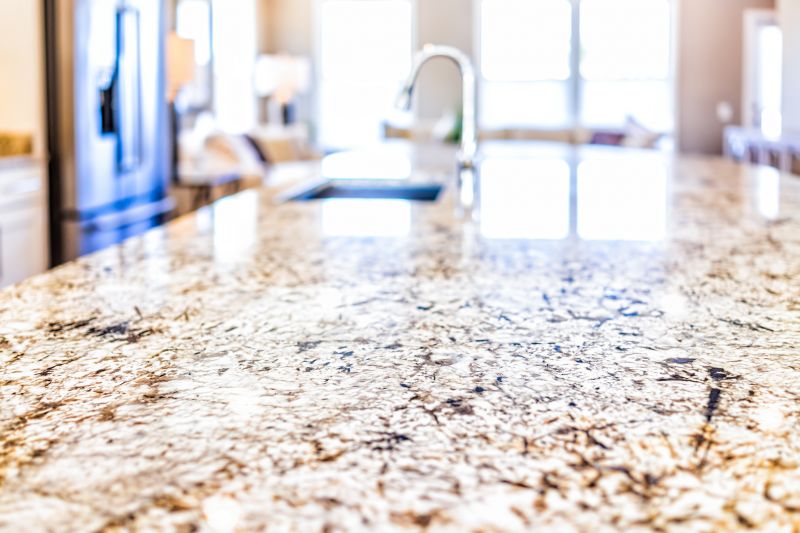
Proper cleaning and drying are essential before sealing to ensure maximum adhesion.
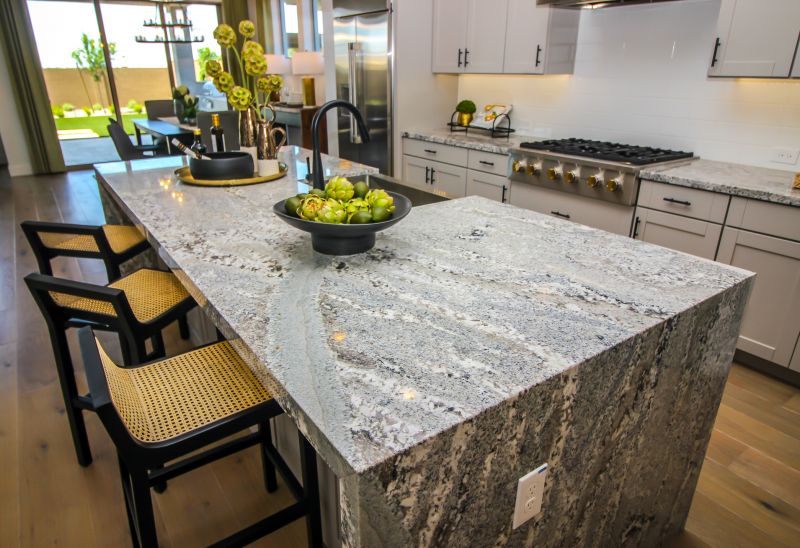
Sealing should be performed when the environment is dry and temperature is moderate for best results.

Sealing shortly after installation helps protect the surface from stains and damage.
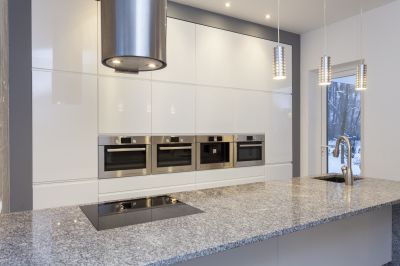
Ways to make Granite Countertop Sealings work in tight or awkward layouts.

Popular materials for Granite Countertop Sealings and why they hold up over time.

Simple add-ons that improve Granite Countertop Sealings without blowing the budget.

High-end options that actually feel worth it for Granite Countertop Sealings.
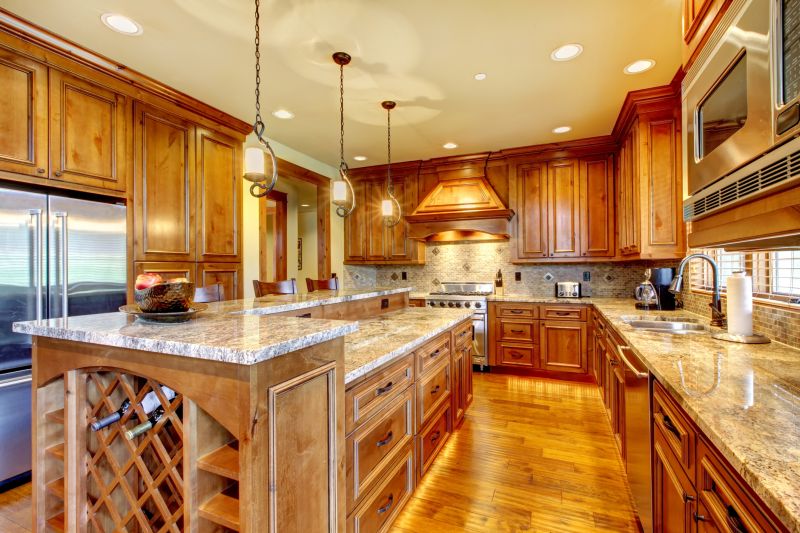
Finishes and colors that play nicely with Granite Countertop Sealings.
Granite countertop sealings are a critical maintenance step that helps prevent staining and damage caused by liquids and oils. Sealing creates a protective barrier on the surface, reducing porosity and making cleaning easier. Typically, sealing is recommended upon installation and periodically thereafter, depending on usage and surface condition. Regular inspections can determine when resealing is necessary, often every one to three years.
Statistics indicate that properly sealed granite surfaces can resist stains from common substances like wine, coffee, and oils more effectively, prolonging the lifespan of the countertop. The sealing process is most effective when performed under optimal conditions—dry environment, moderate temperatures, and after thorough cleaning. Failure to reseal regularly can lead to increased porosity, making surfaces susceptible to staining and etching.

Applying sealant immediately after installation ensures maximum protection from day one.
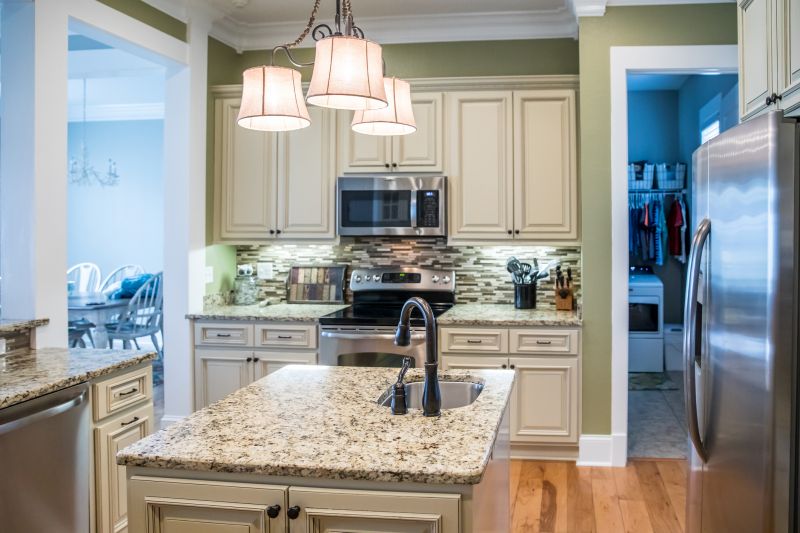
Reapplication of sealant every few years maintains surface resistance.
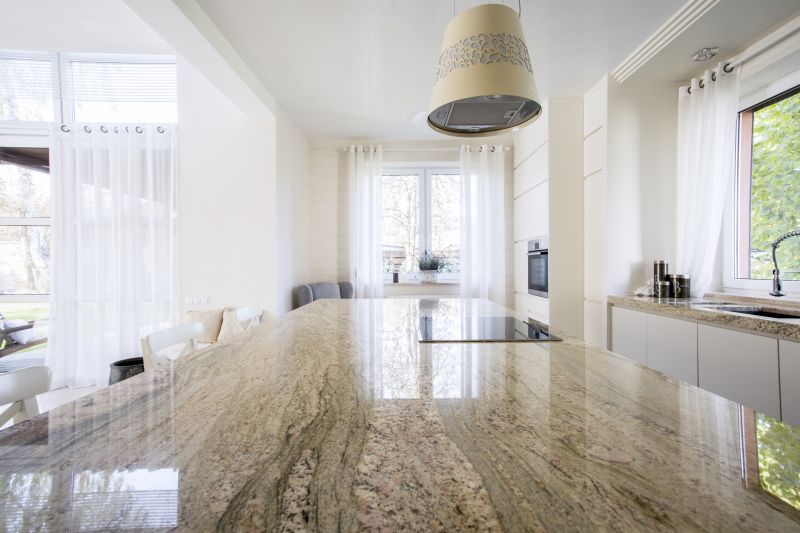
Humidity and temperature influence the effectiveness of the sealing process.

Water absorption and staining indicate the need for resealing.

Little measurements that prevent headaches on Granite Countertop Sealings day.
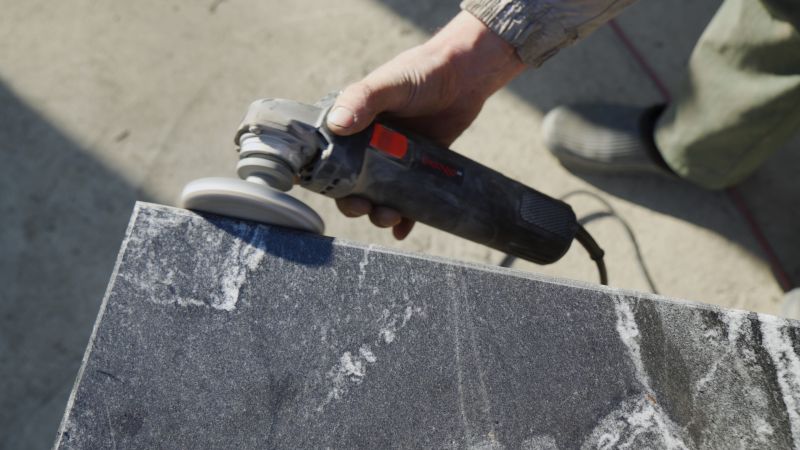
A 60-second routine that keeps Granite Countertop Sealings looking new.
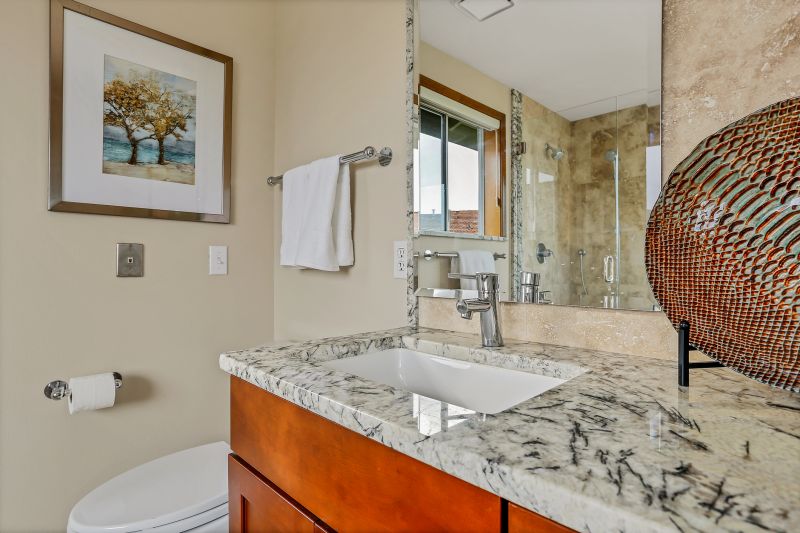
A frequent mistake in Granite Countertop Sealings and how to dodge it.
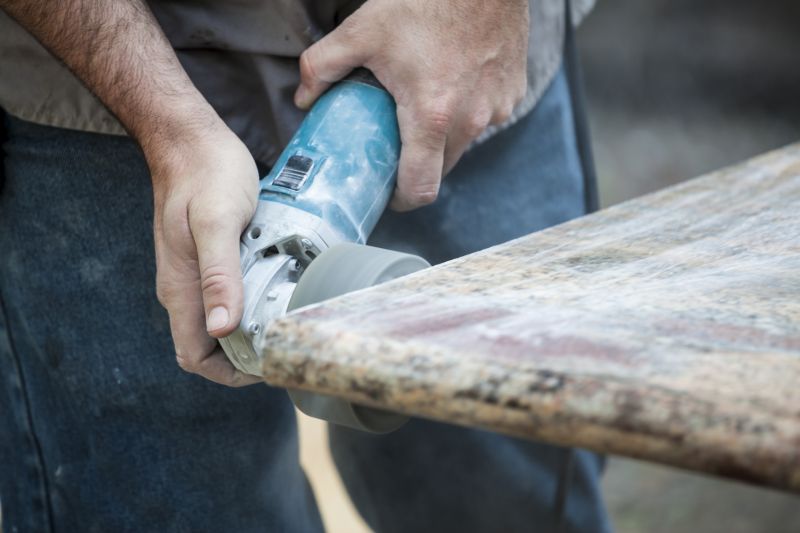
Small tweaks to make Granite Countertop Sealings safer and easier to use.
| Timing Aspect | Details |
|---|---|
| Initial Sealing | Best done immediately after installation for maximum protection. |
| Routine Inspection | Check for signs of wear or staining annually. |
| Resealing Frequency | Typically every 1-3 years based on surface condition. |
| Environmental Conditions | Seal in dry, moderate temperature environments for optimal results. |
| Post-Cleaning | Seal after thorough cleaning and drying of the surface. |
| Stain Prevention | Sealing reduces porosity, minimizing stain absorption. |
| Surface Usage | High-traffic or heavily used surfaces may require more frequent sealing. |
Lower-waste or water-saving choices for Granite Countertop Sealings.
The short, realistic tool list for quality Granite Countertop Sealings.
Rough timing from prep to clean-up for Granite Countertop Sealings.
